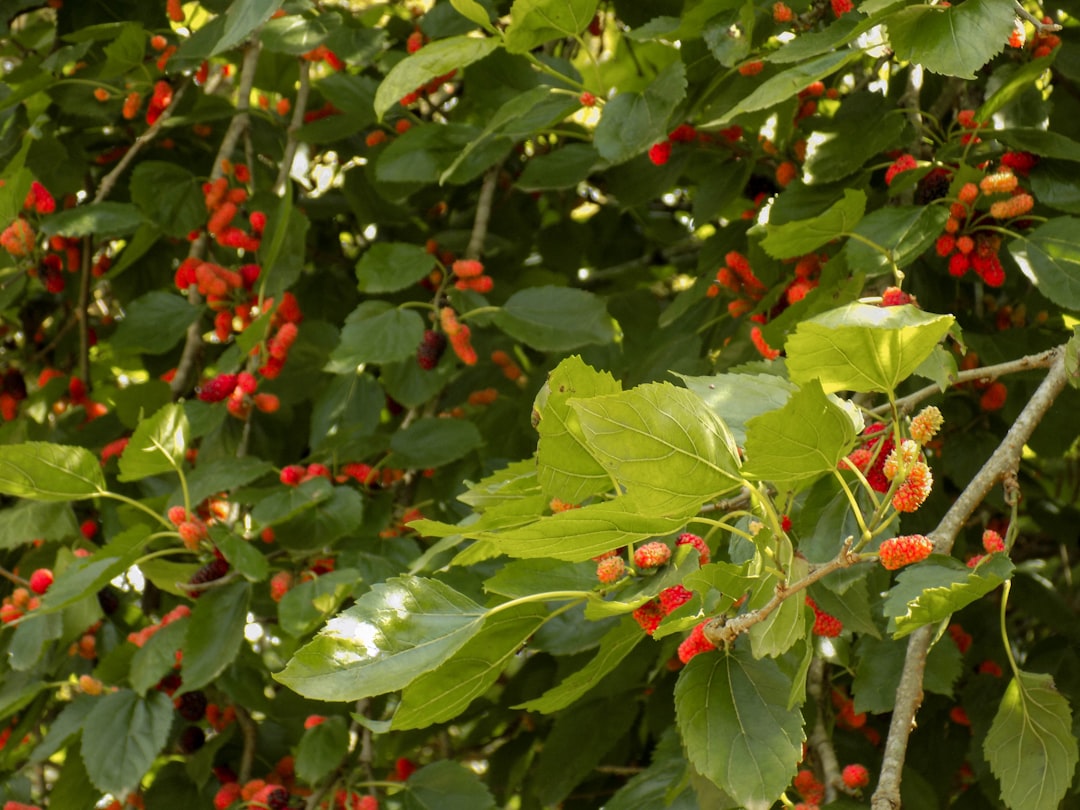What is it about?
This article contributes to a better understanding of the spatial regulation of species diversity in forests. It provides evidence that dispersal limitation and neutral processes may regulate the spatial patterns of tree species in a tropical broad-leaved forest in north-central Vietnam. Moreover, positive associations between tree species suggest the presence of species herd protection. In addition, habitat heterogeneity plays an important role for species distribution patterns, while the spatial segregation occurs at a scale around 15 m in this forest
Featured Image
Why is it important?
Our findings provide evidence that dispersal limitation may regulate the spatial patterns of tree species. Moreover, positive spatial associations between tree species and life stages suggest the presence of species herd protection and/or facilitation in this forest stand, while the persistence of intraspecific aggregation through life stages suggests a very late onset or even absence of selfthinning. Habitat heterogeneity plays an important role for species distribution patterns, and the spatial segregation occurs at a scale around 15 min this forest.
Perspectives
What are the prevailing types of intraspecific spatial distributions and interspecific association patterns at species and life stage levels of trees in a tropical rain forest? Which ecological processes could structure these patterns?
Dr Hai Hong Nguyen
Vietnam Forestry University
Read the Original
This page is a summary of: Spatial distribution and association patterns in a tropical evergreen broad-leaved forest of north-central Vietnam, Journal of Vegetation Science, November 2015, Wiley,
DOI: 10.1111/jvs.12361.
You can read the full text:
Contributors
The following have contributed to this page










